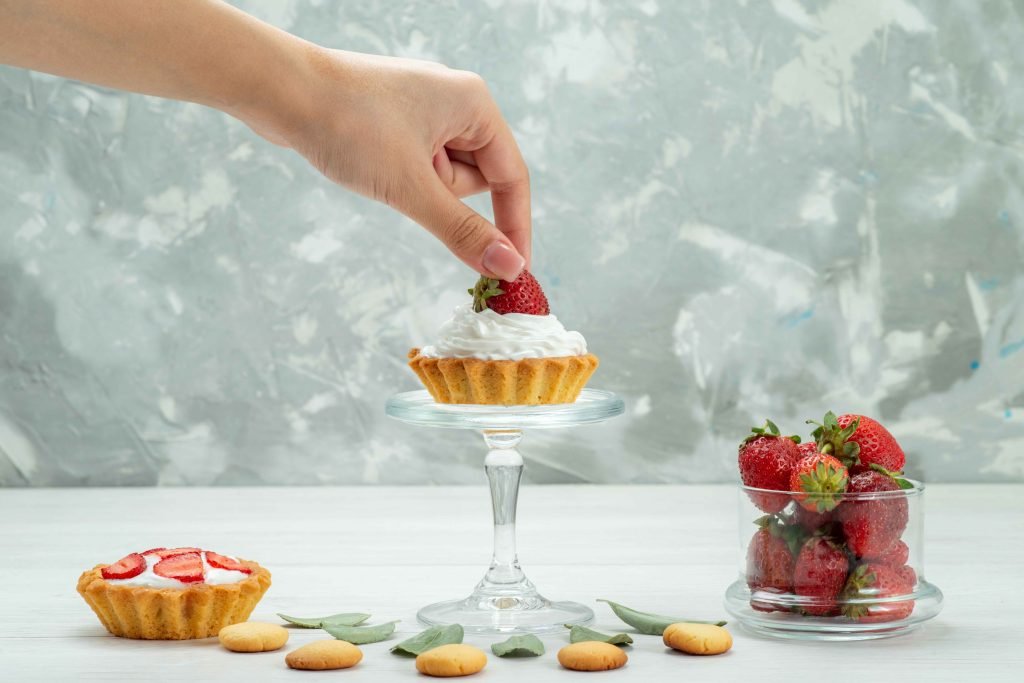If you’ve ever made buttercream frosting and found it a little too sweet for your taste, you’re not alone! Many home bakers struggle with the overly sugary taste that often comes with traditional buttercream recipes. The good news is that there are several ways to adjust the sweetness without sacrificing texture or creaminess.
Whether you’re preparing frosting for cupcakes, cakes, or cookies, learning how to lessen the sweetness of buttercream frosting can make all the difference in achieving the perfect balance. In this guide, we’ll explore simple techniques that allow you to tone down the sweetness while still keeping the rich, smooth consistency we love.
You don’t have to worry about your frosting being overly sugary – with a few adjustments, you’ll be able to create a frosting that’s just the right amount of sweet. Let’s dive in and discover how to make buttercream frosting more enjoyable for every dessert you create!
Why Buttercream Frosting Tastes Too Sweet
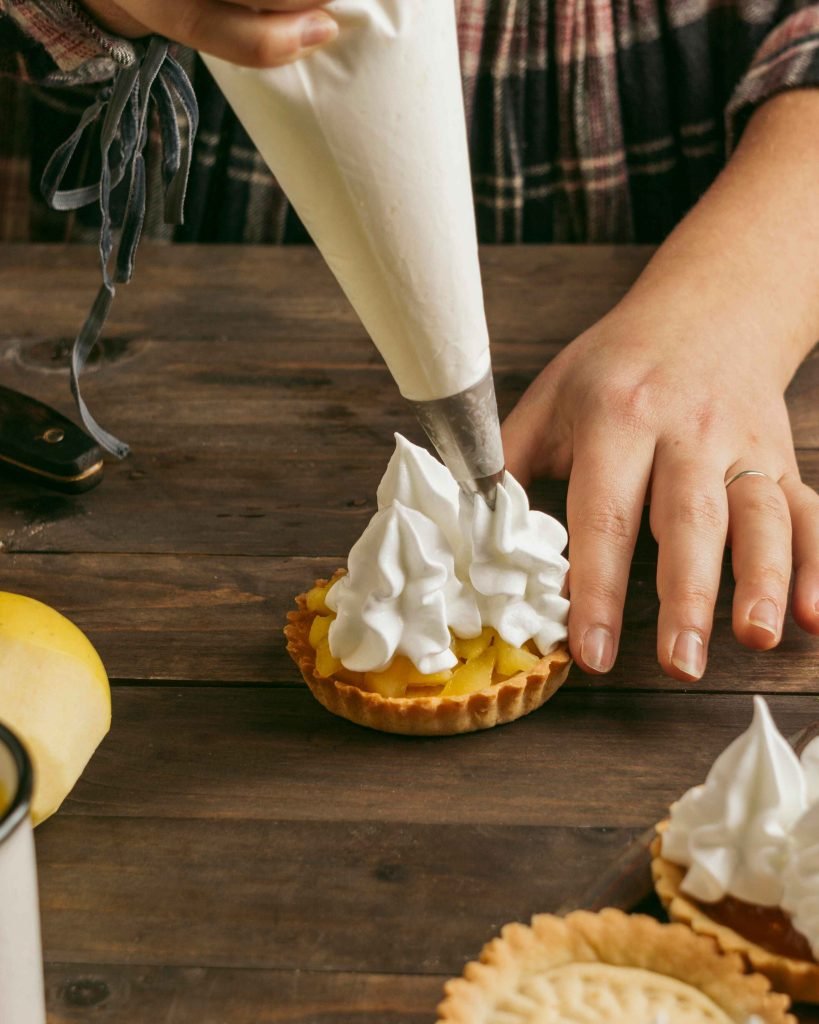
Buttercream frosting is a classic favorite, but many people find it overwhelmingly sweet. The main reason lies in its ingredients—especially the high ratio of powdered sugar to butter. Traditional American buttercream recipes often call for several cups of powdered sugar per one cup of butter. This sugar-heavy formula gives the frosting its thick, fluffy texture, but it also leads to a sugary punch that can overpower the dessert it’s meant to enhance.
Another factor is the lack of acidity or salt to balance the sweetness. Without contrasting flavors, like lemon juice, cream cheese, or even a pinch of salt, buttercream can taste one-dimensional. It’s all sugar, all the time. This is especially noticeable when the frosting is paired with an already sweet cake, amplifying the overall sweetness.
The type of butter used also plays a role. Salted butter can slightly cut through the sugar, while unsalted butter offers a more neutral base that may emphasize the sweetness. Additionally, lower-quality vanilla extract or artificial flavorings can make the frosting taste even sweeter because they lack the depth and warmth of real vanilla.
To reduce the cloying effect, some bakers opt for Swiss or Italian meringue buttercreams, which use egg whites and less sugar for a silkier, more balanced taste. A small adjustment in your recipe can make a big difference in how sweet your frosting turns out.
Methods to Lessen the Sweetness of Buttercream Frosting
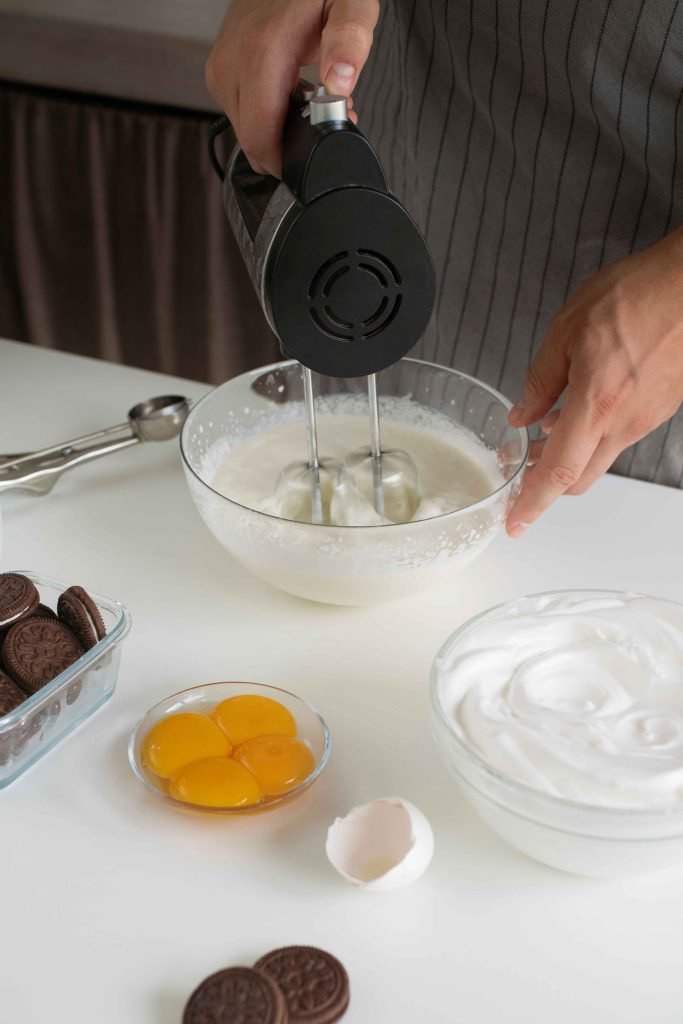
If you love buttercream frosting but find it a bit too sweet, don’t worry! There are several methods you can use to tone down the sugar without sacrificing the creamy texture or overall flavor. With a few tweaks to your recipe, you can create a buttercream that’s just the right amount of sweet for your taste buds.
1. Reduce the Amount of Powdered Sugar
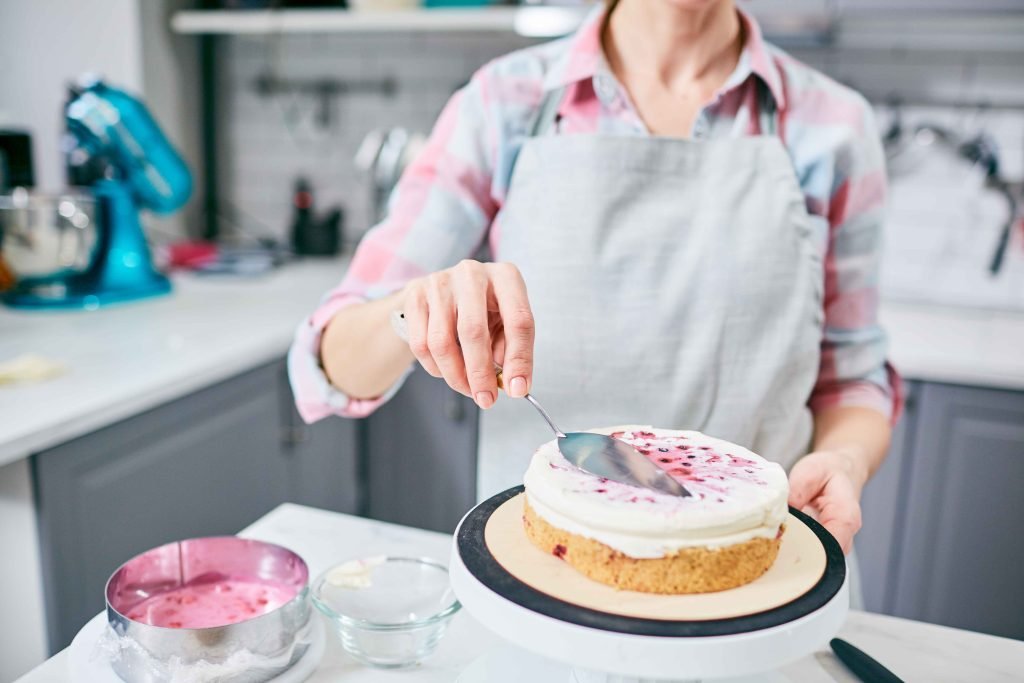
The easiest way to lessen the sweetness of buttercream frosting is to simply reduce the amount of powdered sugar. Many recipes call for a standard ratio of 4 cups of powdered sugar to 1 cup of butter, but you can adjust this according to your preference.
Try cutting the sugar by about 1/4 to 1/3 and see how it affects the flavor. Keep in mind that reducing the sugar too much may alter the texture, so experiment until you find the perfect balance of sweetness and consistency.
2. Add More Butter
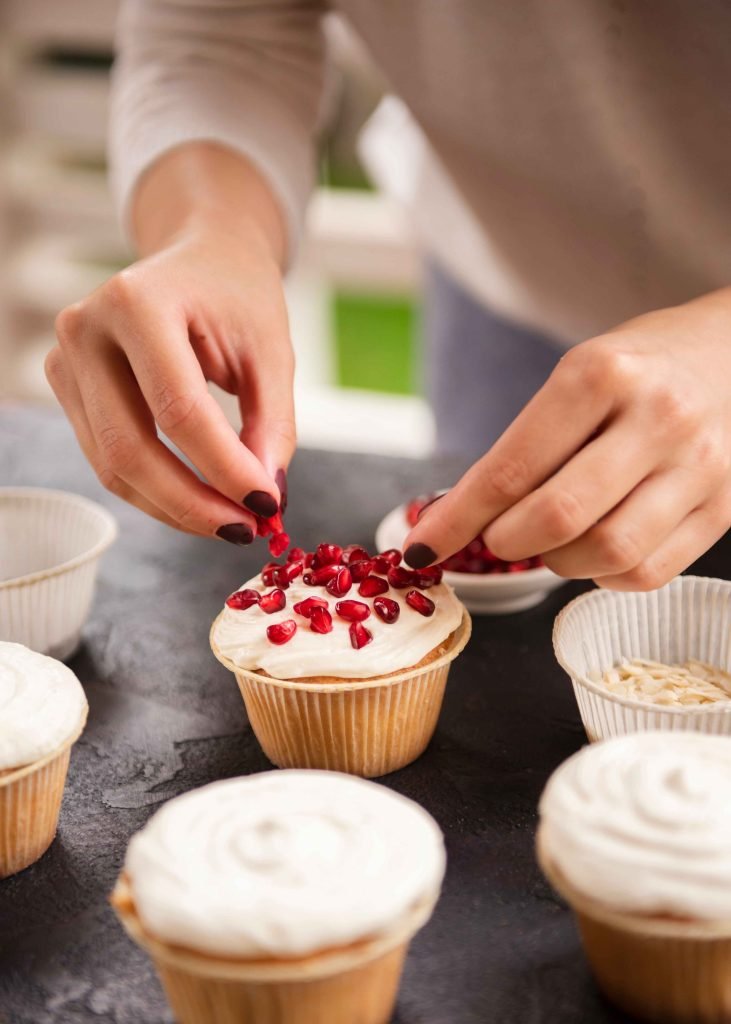
Butter is the key to balancing the sweetness of powdered sugar in buttercream. By increasing the amount of butter, you can help mellow out the sugar’s intensity. Adding extra butter not only makes the frosting creamier and smoother, but it also provides a rich, slightly savory flavor that counteracts the sweetness. For every additional cup of butter you add, you may need to adjust the powdered sugar to maintain the right consistency.
3. Incorporate Heavy Cream or Milk
Another great way to lessen the sweetness of your buttercream is by adding liquid ingredients like heavy cream or milk. This helps to dilute the sweetness and creates a softer, more spreadable frosting.
While you should be careful not to add too much liquid, just a few tablespoons can work wonders in balancing the flavor. Heavy cream, in particular, adds richness to the frosting, creating a smoother texture that enhances the overall experience.
4. Use a Splash of Salt

Salt may seem like an unusual ingredient for a sweet frosting, but a small amount can significantly reduce the perception of sweetness. Adding a pinch of salt helps to cut through the sugary taste and brings out the other flavors in your buttercream. Just be cautious and add a little at a time, as too much salt can throw off the overall flavor balance. It’s best to start with 1/4 teaspoon and adjust from there.
5. Experiment with Flavor Enhancers
Adding flavoring agents like vanilla extract, almond extract, or citrus zest can help balance the sweetness by introducing additional flavors that complement the frosting.
Vanilla is a classic choice, but you can also try infusing your buttercream with fresh lemon zest, orange zest, or even a dash of cocoa powder for a unique twist. These flavor enhancers won’t directly reduce the sweetness, but they will help to round out the overall taste of the frosting.
By experimenting with these methods, you can create a buttercream frosting that’s less sweet and more suited to your taste preferences, giving your desserts the perfect finishing touch.
Flavor Add-ins to Balance Sweetness
When buttercream frosting turns out too sweet, one of the best ways to fix it is by adding complementary flavors. Certain ingredients can help balance the intense sugary taste without changing the texture of the frosting. These flavor add-ins not only reduce the perception of sweetness but also make your frosting more interesting and unique. Here are some of the best options to try.

Vanilla Extract
Vanilla extract is a classic buttercream ingredient, and increasing its amount can help tone down the sugary sharpness. Its warm, rich flavor adds depth to the frosting, balancing out the sweetness naturally. If a recipe calls for 1 teaspoon of vanilla, try adding another 1/2 teaspoon to see how it improves the overall taste. You can also experiment with vanilla bean paste for an even stronger, aromatic vanilla flavor.
Citrus Zest
Fresh citrus zest — like lemon, lime, or orange — adds brightness and a hint of tartness that cuts through the sweetness. The natural oils in citrus peels infuse the frosting with a fresh, vibrant flavor without adding any extra liquid. Grate a teaspoon of zest directly into your buttercream and mix well. Lemon zest, in particular, pairs beautifully with vanilla or almond-based frostings, adding a light, refreshing twist.
Coffee or Espresso Powder
A small amount of strong brewed coffee or espresso powder can work wonders in buttercream. The bitterness of coffee contrasts the sugar, rounding out the flavor while giving it a subtle mocha undertone. Dissolve a teaspoon of espresso powder in a tablespoon of hot water and blend it into your frosting, or stir in a couple of tablespoons of cooled, strong coffee. This method works especially well in chocolate or vanilla buttercream.
Cocoa Powder
Unsweetened cocoa powder is another great add-in for balancing sweetness. It introduces a deep, slightly bitter note that complements the sugar. Stir a few tablespoons of cocoa powder into your buttercream for a quick chocolate frosting that’s rich and not overly sweet. Make sure to sift the cocoa powder first to avoid lumps and achieve a smooth, creamy texture.
Almond or Other Extracts
In addition to vanilla, almond extract is an excellent flavoring that pairs well with buttercream. Its slightly nutty, sweet-but-not-cloying taste helps tone down the sugary sharpness. Use almond extract sparingly, starting with 1/4 teaspoon, as it can be quite strong. Other extracts like coconut, hazelnut, or even mint can also add variety and balance to your frosting.
By incorporating these simple flavor add-ins, you can easily balance the sweetness of your buttercream and give it a more rounded, sophisticated taste.
Common Mistakes to Avoid
When making buttercream frosting, it’s easy to end up with a batch that’s too sweet or lacks the smooth, creamy texture you want. Often, this happens because of small mistakes during the preparation process. If you’re trying to learn how to lessen the sweetness of buttercream frosting, being aware of these common missteps can save you time and frustration in the kitchen. Let’s take a look at a few key errors to avoid.
Using Too Much Powdered Sugar
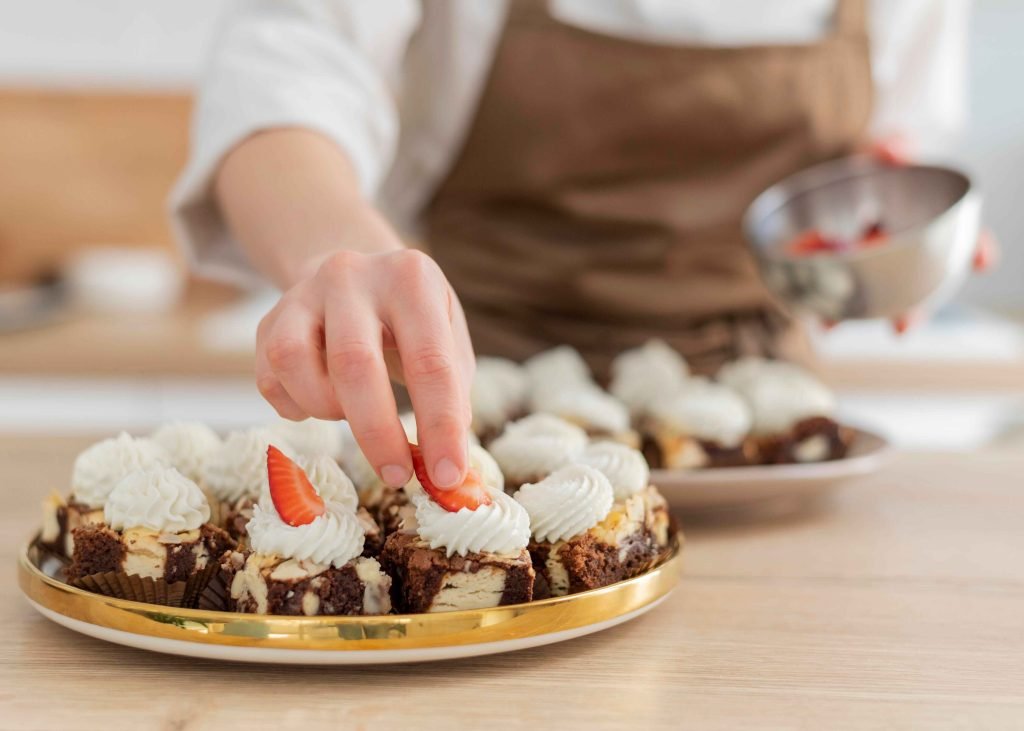
One of the biggest reasons buttercream turns out overly sweet is using too much powdered sugar. Many recipes call for large amounts to achieve a thick consistency, but you don’t always need that much. Adding more powdered sugar than necessary quickly leads to an intensely sugary frosting that overpowers your dessert. Start with a smaller amount and gradually add more only if the texture needs thickening.
Forgetting to Taste as You Go
It might sound obvious, but not tasting your frosting while making it is a surprisingly common mistake. Flavor and sweetness levels can vary based on your ingredients and personal preferences. Always sample the frosting before adding the final amounts of sugar or flavoring. This gives you the chance to adjust sweetness, add a pinch of salt, or mix in a splash of vanilla extract to improve the balance before it’s too late.
Skipping the Salt
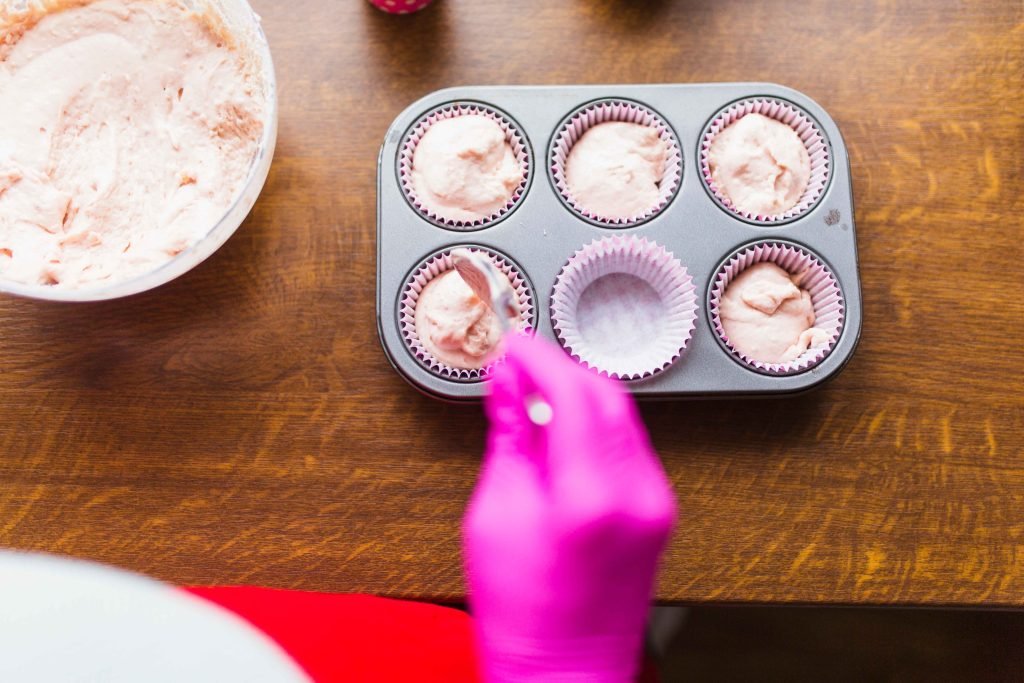
Salt plays a crucial role in balancing flavors, even in sweet recipes. Many home bakers either forget to add it or underestimate its impact. A small pinch of salt enhances other flavors and helps cut through the sugary taste. It’s best to use fine sea salt or kosher salt for an even distribution. Start with about 1/4 teaspoon and adjust as needed.
Adding Liquid Too Quickly
When adjusting frosting consistency with milk, cream, or flavor extracts, it’s important to add liquids slowly. Pouring too much at once can make your frosting too runny, forcing you to add more powdered sugar to fix it — which only increases the sweetness. Add liquids one teaspoon at a time while mixing and pause frequently to check the texture.
Overbeating the Frosting
While it’s essential to whip buttercream until smooth and fluffy, overbeating can cause problems. Too much mixing introduces excess air, making the frosting light but overly sweet and unstable. It can also lead to a grainy texture if the sugar starts to break down. Stop mixing as soon as your frosting reaches a smooth, spreadable consistency.
By avoiding these common mistakes, you’ll have a better chance of creating a balanced, not-too-sweet buttercream every time.
FAQs
How Can I Make Buttercream Frosting Less Sweet Without Ruining Its Texture?
To Make Buttercream Frosting Less Sweet Without Affecting Its Texture, You Can Reduce The Amount Of Powdered Sugar Slightly And Increase The Butter. Adding A Few Tablespoons Of Heavy Cream Or Milk Can Also Help Mellow Out The Sweetness While Keeping The Frosting Soft And Creamy. A Small Pinch Of Salt Or A Splash Of Vanilla Extract Can Further Balance The Flavors Without Altering The Consistency.
What Ingredient Can Cut The Sweetness In Frosting?
The Best Ingredients To Cut The Sweetness In Frosting Include Salt, Citrus Zest, Unsweetened Cocoa Powder, Or Coffee. Each Of These Adds A Depth Of Flavor That Naturally Balances Sugar. Salt Is Especially Effective Because It Enhances Other Flavors While Reducing The Sugary Taste. Coffee And Cocoa Introduce A Slightly Bitter Note That Tones Down Excessive Sweetness.
Can I Add Less Sugar To Buttercream Frosting?
Yes, You Can Reduce The Sugar In Buttercream Frosting, But You’ll Need To Adjust Other Ingredients To Maintain The Desired Texture. Start By Cutting Down The Powdered Sugar By 1/4 To 1/3 And Adding More Butter Or Cream As Needed For Consistency. Be Sure To Taste And Test As You Go To Achieve The Perfect Balance.
Does Salt Help Balance The Sweetness In Buttercream?
Absolutely. A Small Pinch Of Fine Sea Salt Or Kosher Salt Can Significantly Balance The Sweetness In Buttercream. It Enhances Other Flavors And Reduces The Perception Of Sugariness. Start With 1/4 Teaspoon And Mix Well Before Tasting, Adding More If Necessary. This Simple Trick Makes A Noticeable Difference.
How Does Coffee Reduce Frosting Sweetness?
Coffee, Especially In The Form Of Espresso Powder Or Strong Brewed Coffee, Introduces A Slightly Bitter Note That Balances The High Sugar Content In Frosting. Add 1-2 Teaspoons Of Espresso Powder Dissolved In A Tablespoon Of Hot Water Or A Few Tablespoons Of Cooled Coffee To Your Frosting. It Pairs Particularly Well With Chocolate Or Vanilla Buttercream.
Can Flavor Extracts Help Tone Down Sweet Frosting?
Yes, Flavor Extracts Like Vanilla, Almond, Or Citrus Extracts Can Add Depth And Complexity That Balance The Sweetness. Increasing Vanilla Extract Or Adding A Small Amount Of Almond Extract Can Create A Fuller, Richer Taste, Making The Frosting Feel Less Sugary Without Changing Its Texture.
Is There A Way To Fix Overly Sweet Frosting After It’s Made?
If Your Frosting Turns Out Too Sweet, You Can Fix It By Adding More Butter, A Few Tablespoons Of Heavy Cream, Or A Small Pinch Of Salt. Mixing In A Bit Of Unsweetened Cocoa Powder Or Citrus Zest Can Also Help. Start With Small Amounts And Adjust Gradually While Tasting.
Does Using Different Types Of Butter Affect Frosting Sweetness?
Yes, European-Style Butters With Higher Fat Content Can Make Frosting Taste Less Sweet Compared To Standard Butter. The Richer, Creamier Texture Balances The Sugar Better. Salted Butter Can Also Tone Down Sweetness Slightly, But Be Mindful Of The Overall Saltiness Of The Final Product.
Why Is Powdered Sugar So Sweet In Buttercream?
Powdered Sugar, Or Confectioners’ Sugar, Is Finely Ground Sugar Mixed With A Small Amount Of Cornstarch To Prevent Clumping. Because It’s Pure Sugar, It Has An Intensely Sweet Taste. Buttercream Recipes Typically Require Large Amounts To Achieve The Right Consistency, Which Is Why It Can Taste Overly Sweet If Not Balanced With Other Flavors.
Can Citrus Zest Help Balance Frosting Sweetness?
Yes, Adding Fresh Lemon, Lime, Or Orange Zest Brings A Bright, Slightly Tart Flavor That Helps Cut Through The Sugar’s Sweetness. Grating 1-2 Teaspoons Of Zest Into The Frosting Adds Freshness And Balances The Overall Taste Without Changing The Texture Or Consistency.
How Much Salt Should I Add To Lessen The Sweetness Of Frosting?
Start With About 1/4 Teaspoon Of Fine Sea Salt Or Kosher Salt For A Standard Batch Of Buttercream Frosting. Mix Thoroughly And Taste Before Adding More. The Salt Won’t Make The Frosting Taste Salty But Will Balance The Sweetness And Enhance Other Flavors Beautifully.
Conclusion
Learning how to lessen the sweetness of buttercream frosting is easier than you might think, and it can make a big difference in the final flavor of your desserts. Whether you choose to reduce the powdered sugar, add a pinch of salt, incorporate citrus zest, or experiment with flavor extracts, these simple adjustments help create a more balanced, enjoyable frosting.
Don’t be afraid to taste as you go and tweak the recipe to match your preferences. With a few easy tricks, you can achieve a smooth, creamy buttercream that’s just the right amount of sweet — perfect for topping cakes, cupcakes, and cookies without overwhelming your palate. Happy baking!

